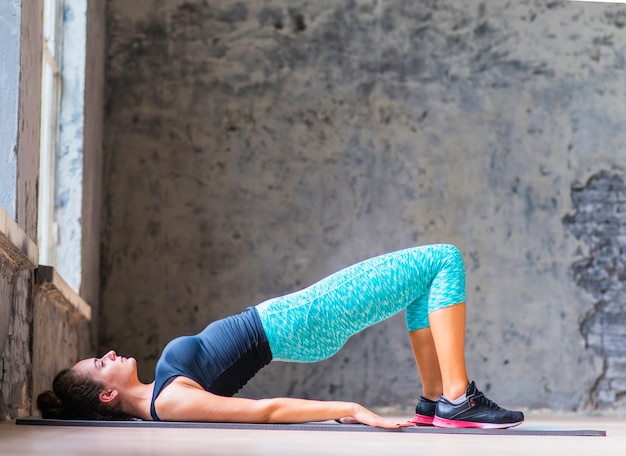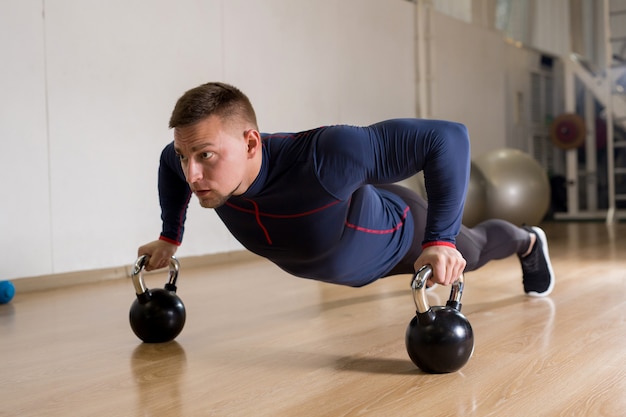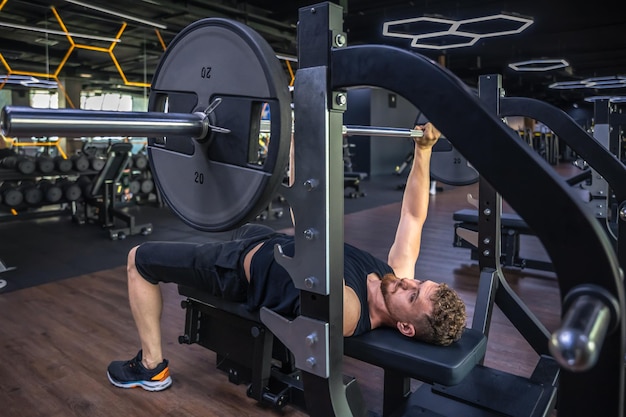45 Beginner-Friendly HIIT Tips: Simple Workouts, Smart Habits & Science-Backed Strategies to Start Strong
High-Intensity Interval Training (HIIT) is one of the most time-efficient and effective ways to improve fitness, burn calories, and boost metabolism. But if you're new to it, the idea of intense workouts might feel intimidating. The good news? HIIT can be adapted for anyone—especially beginners. With the right approach, you can build strength, endurance, and confidence without overdoing it.
This guide delivers 45 beginner-friendly HIIT tips that focus on short routines, simple habits, and evidence-based practices. Whether you’re short on time or just starting your fitness journey, these strategies will help you stay safe, consistent, and motivated.
Why HIIT Works for Beginners
HIIT alternates short bursts of intense effort with periods of rest or low-intensity recovery. Research shows it improves cardiovascular health, increases fat burning, and enhances insulin sensitivity—even with workouts as short as 10–20 minutes.
For beginners, the key is starting slow and scaling up gradually. The goal isn’t to push to exhaustion—it’s to build sustainable habits.
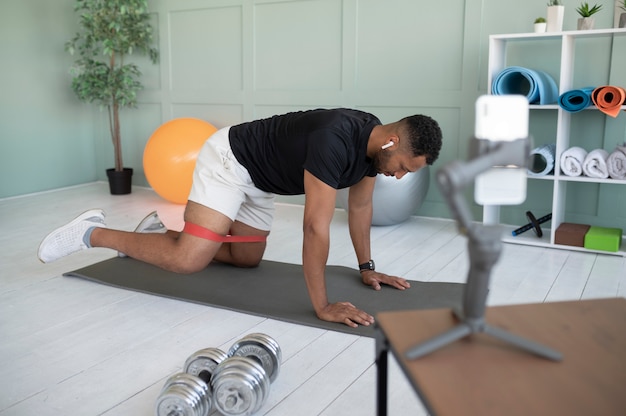
Short & Simple HIIT Routines (Tips 1–15)
- Start with just 10 minutes a day—consistency matters more than duration.
- Use a 1:2 work-to-rest ratio (e.g., 20 seconds effort, 40 seconds rest).
- Choose low-impact moves like marching in place, seated jacks, or step-ups if you're joint-sensitive.
- Try bodyweight exercises: squats, knee push-ups, standing arm circles.
- Use a timer app with interval settings to stay on track.
- Perform 3 rounds of 3 exercises with rest between rounds.
- Focus on form, not speed—quality over quantity.
- Warm up for 3–5 minutes with light movement (walking, arm swings).
- Cool down with gentle stretching to prevent soreness.
- Do HIIT 2–3 times per week, not daily, to allow recovery.
- Pair movements that alternate upper and lower body to reduce fatigue.
- Use household items (chairs, stairs) as equipment substitutes.
- Keep routines at home to reduce barriers to starting.
- Track your progress with a simple journal or app.
- Repeat the same routine for a week before increasing intensity.
Simple Daily Habits to Support Your HIIT Journey (Tips 16–30)
- Hydrate well throughout the day—dehydration reduces performance.
- Sleep 7–8 hours nightly to support recovery and energy.
- Eat balanced meals with protein, fiber, and healthy fats.
- Avoid heavy meals 1–2 hours before workouts.
- Wear supportive shoes, even during home workouts.
- Work out at the same time daily to build routine.
- Use music with a strong beat to stay motivated.
- Practice deep breathing during rest intervals to lower heart rate.
- Listen to your body—stop if you feel pain or dizziness.
- Pair HIIT with walking on off-days for active recovery.
- Set micro-goals like “complete 3 sessions this week.”
- Use positive self-talk: “I can do this” or “One step at a time.”
- Invite a friend or family member to join virtually.
- Keep workout clothes ready the night before.
- Reflect weekly: What felt easy? What was hard?
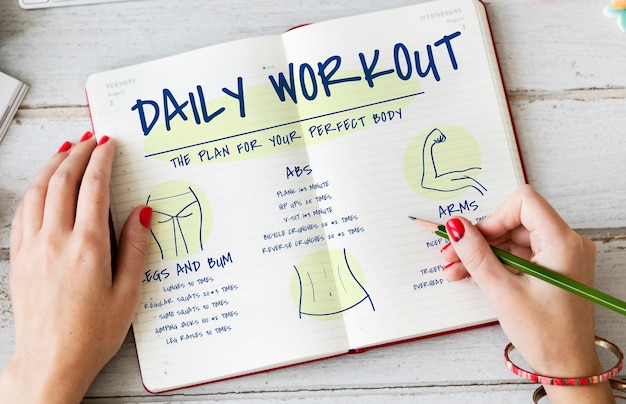
Evidence-Based Guidance for Safe & Effective Results (Tips 31–45)
- Studies show even 1 minute of intense effort per session offers benefits.
- HIIT can improve VO2 max—the gold standard of cardiovascular fitness.
- Beginners see the fastest improvements—stick with it.
- Short workouts are more sustainable than long, grueling ones.
- HIIT increases EPOC (afterburn effect), burning calories post-exercise.
- It’s effective for fat loss without requiring long durations.
- Low-volume HIIT reduces blood pressure and improves glucose control.
- Always consult your healthcare provider if you have chronic conditions.
- Monitor intensity using the “talk test”—you shouldn’t be able to speak fluently during high-intensity phases.
- Use perceived exertion (scale of 1–10) to guide effort—aim for 7–8 during work intervals.
- Progress by increasing work time, reducing rest, or adding rounds—not by sacrificing form.
- Combine HIIT with strength training for full-body benefits.
- Rest 48 hours between intense sessions targeting the same muscle groups.
- Include mobility exercises to maintain joint health.
- Reassess your fitness every 4 weeks and adjust accordingly.
Final Thoughts
Starting HIIT doesn’t require fancy equipment, hours of time, or extreme fitness. With these 45 beginner-friendly tips, you can build a routine that fits your lifestyle, supports your health, and grows with your abilities.
Remember: progress isn’t linear. Some days will feel harder than others—and that’s okay. The most important step is showing up, staying safe, and celebrating small wins.
Start today. Start small. Stay consistent.








